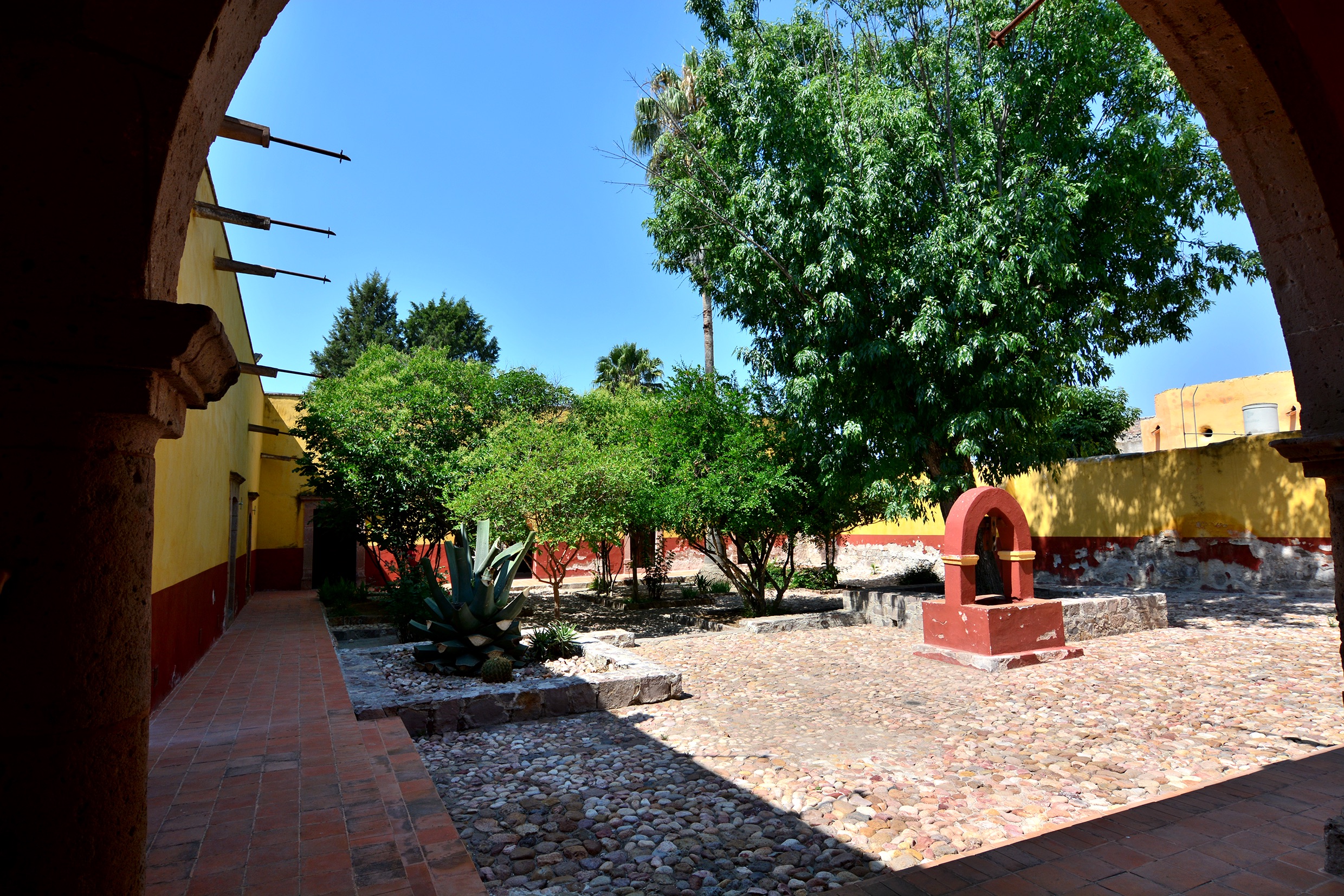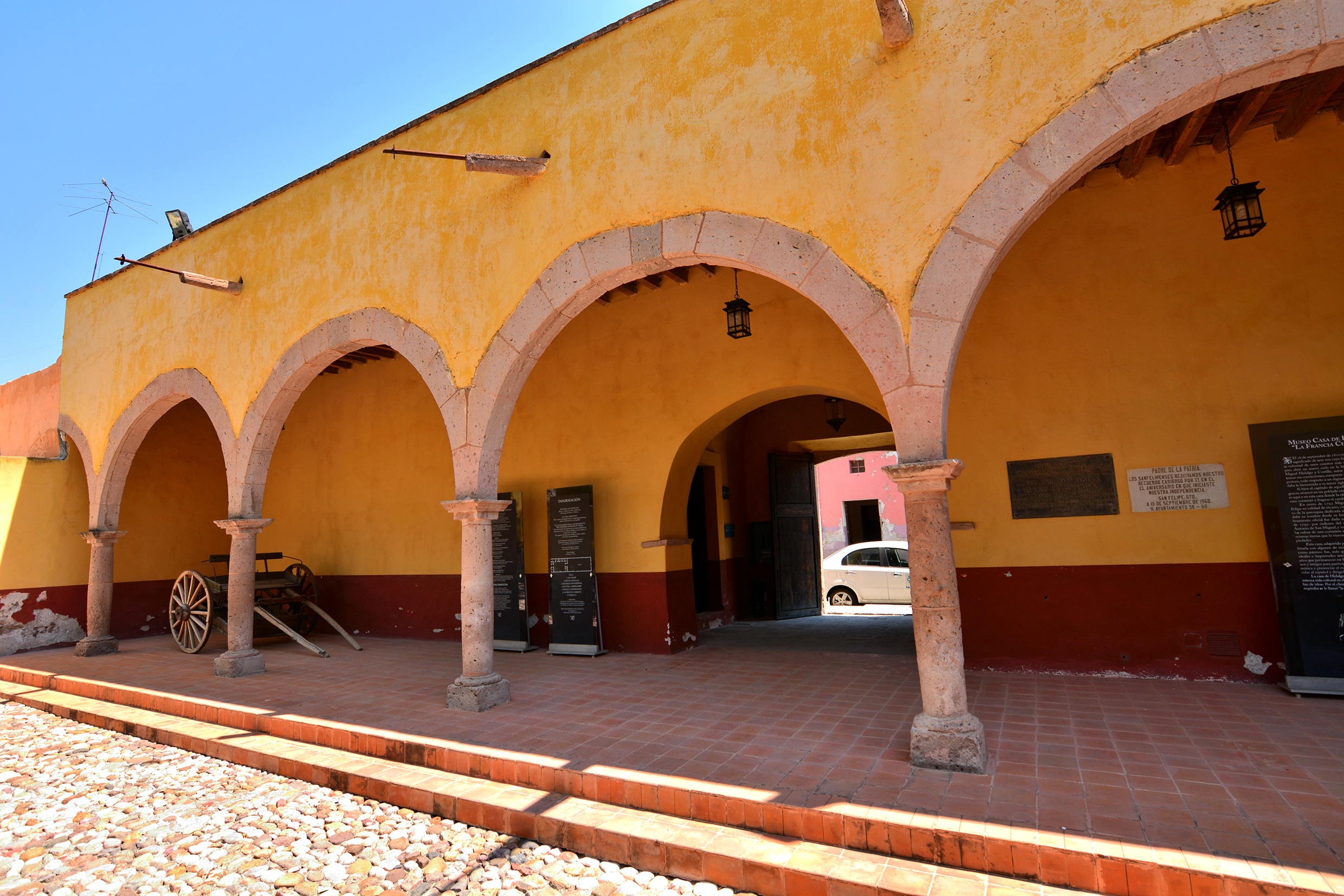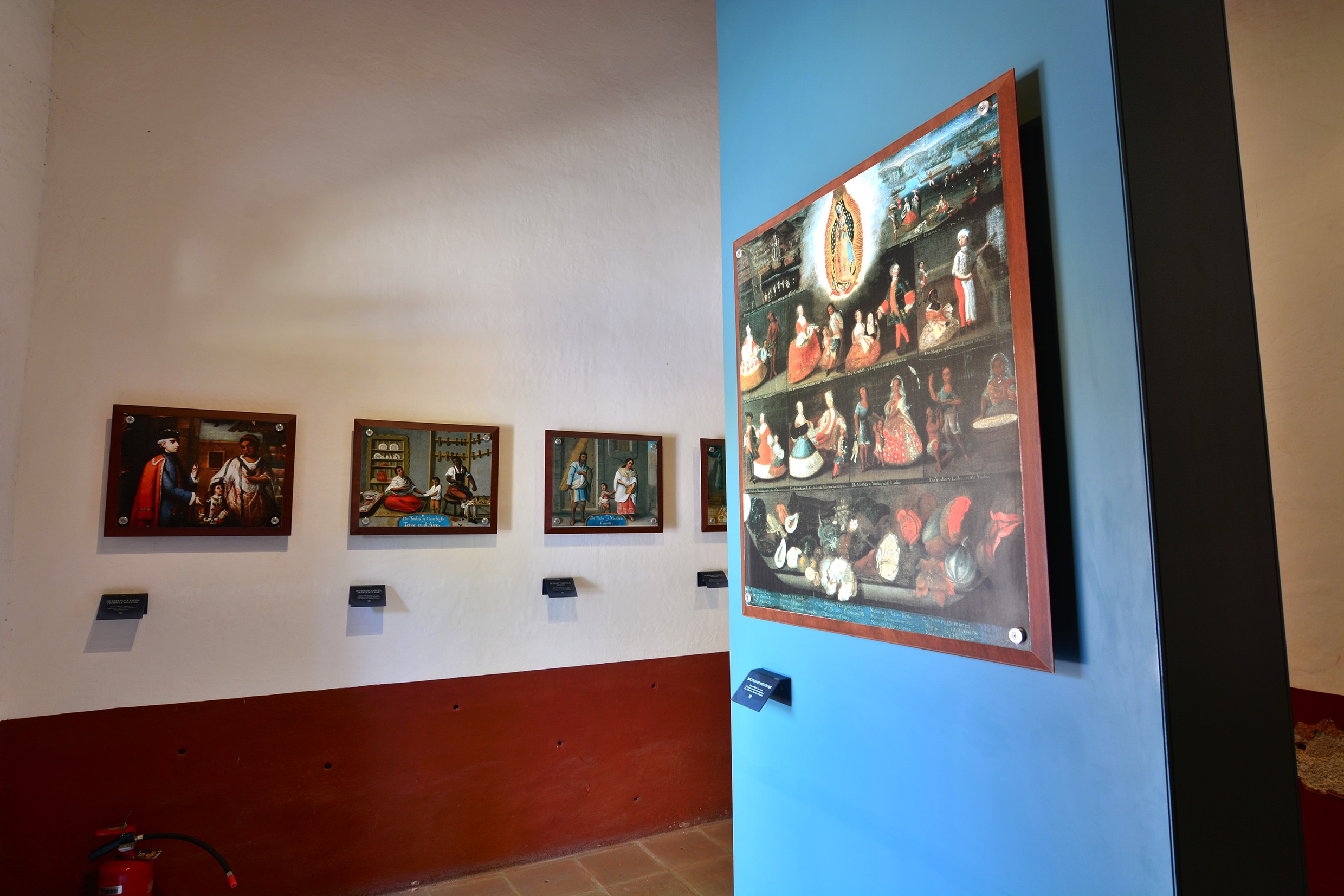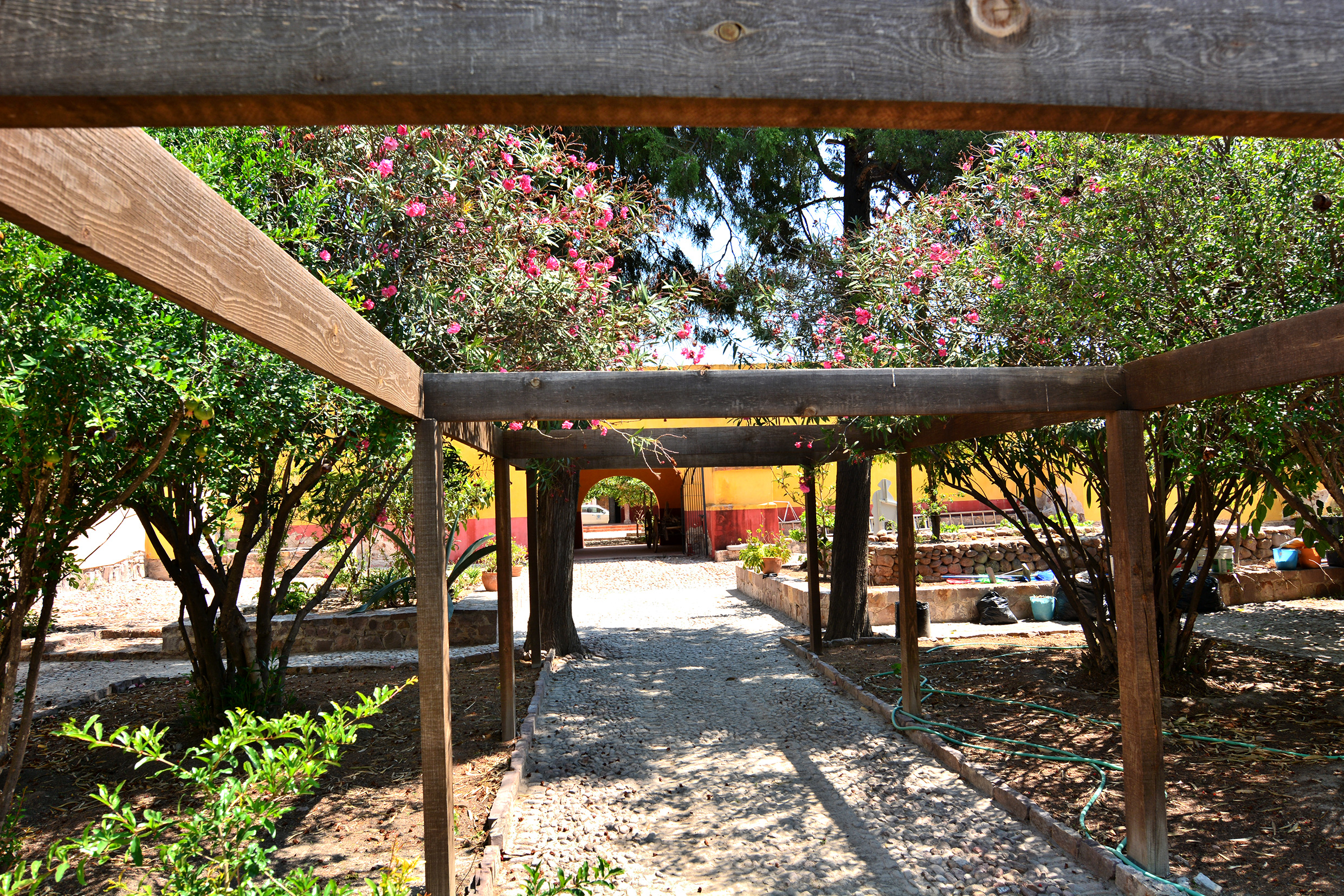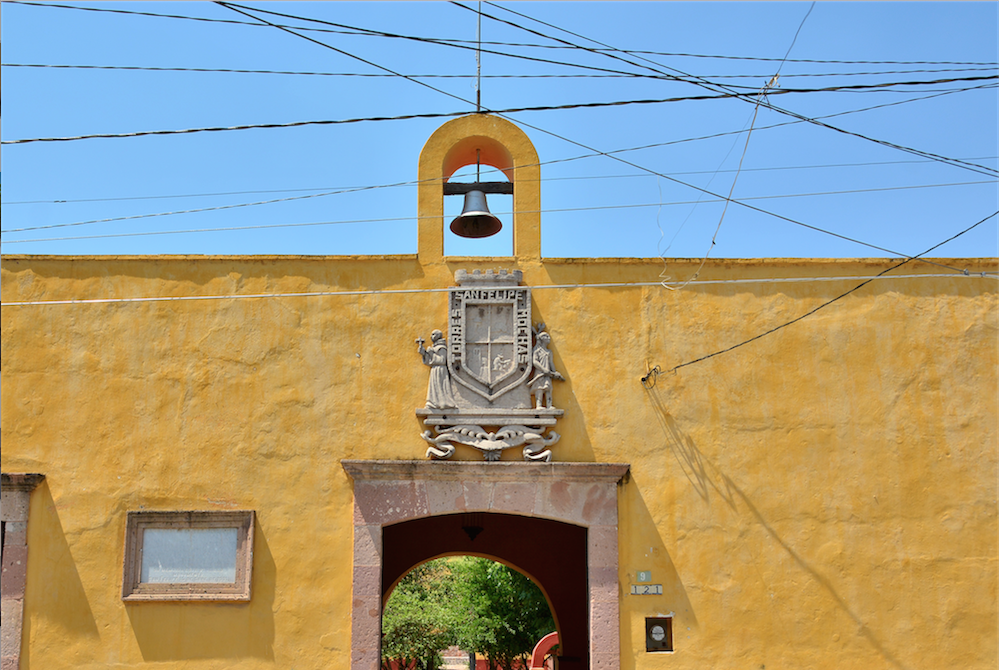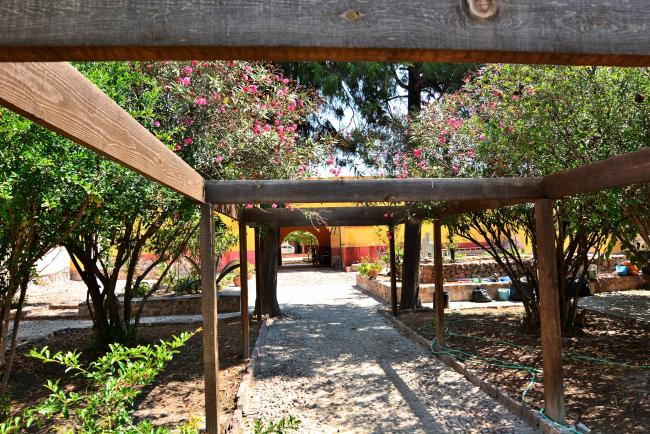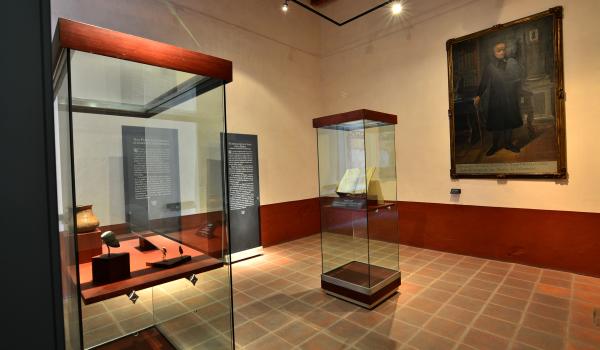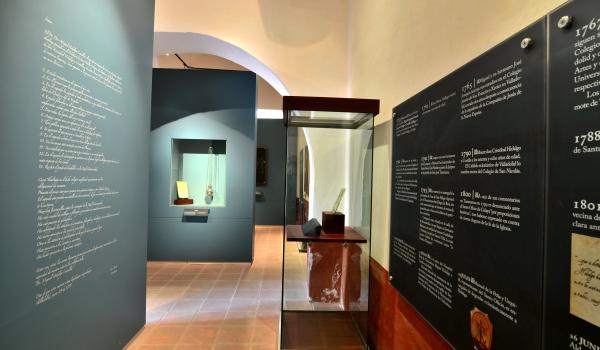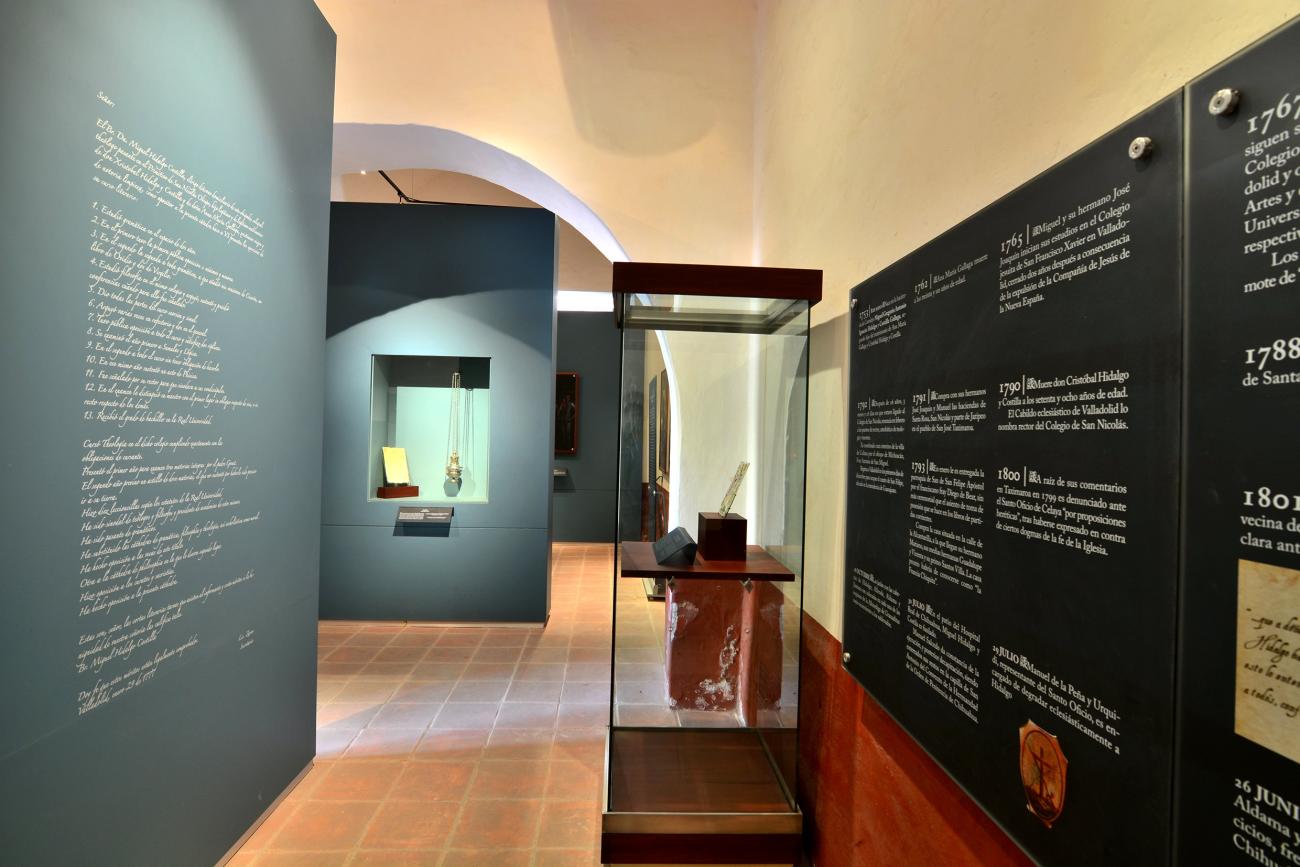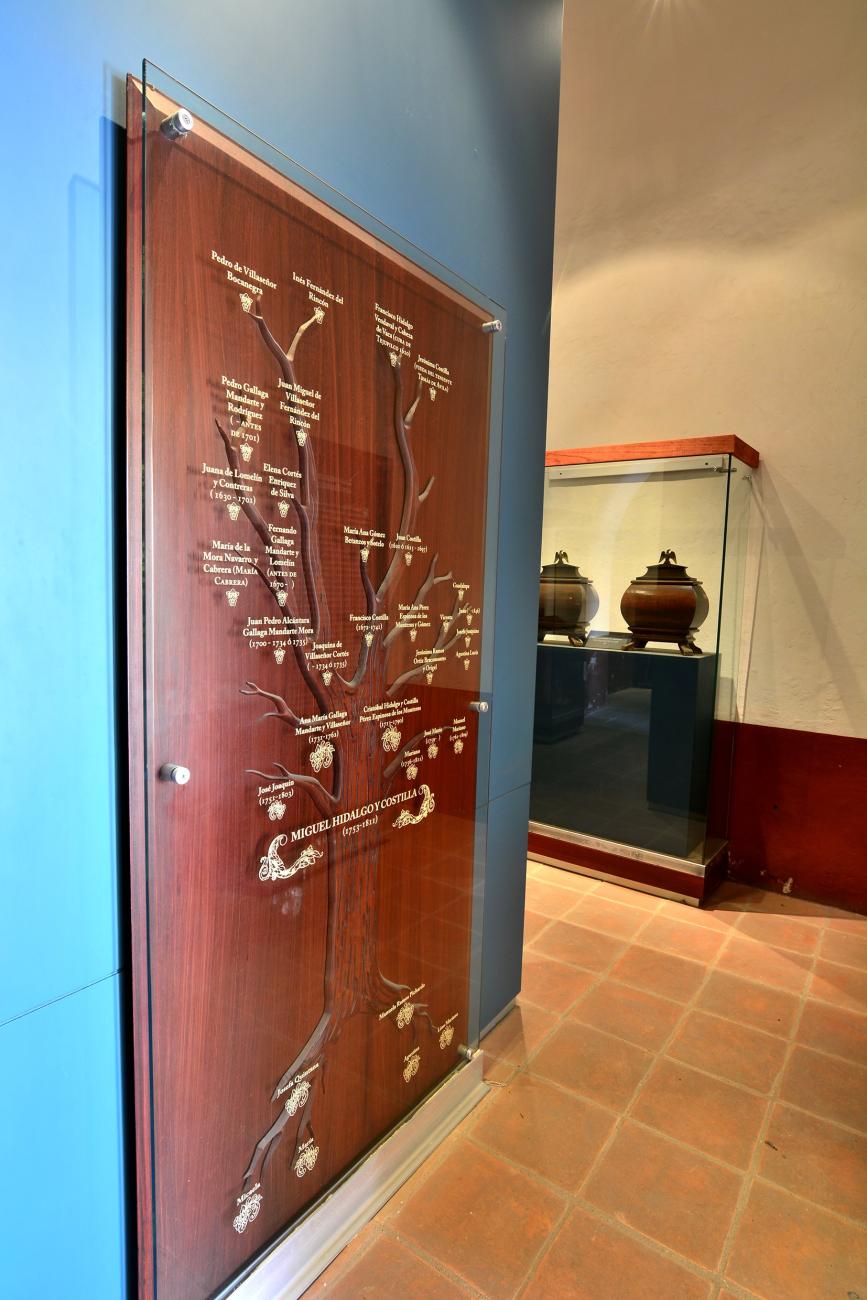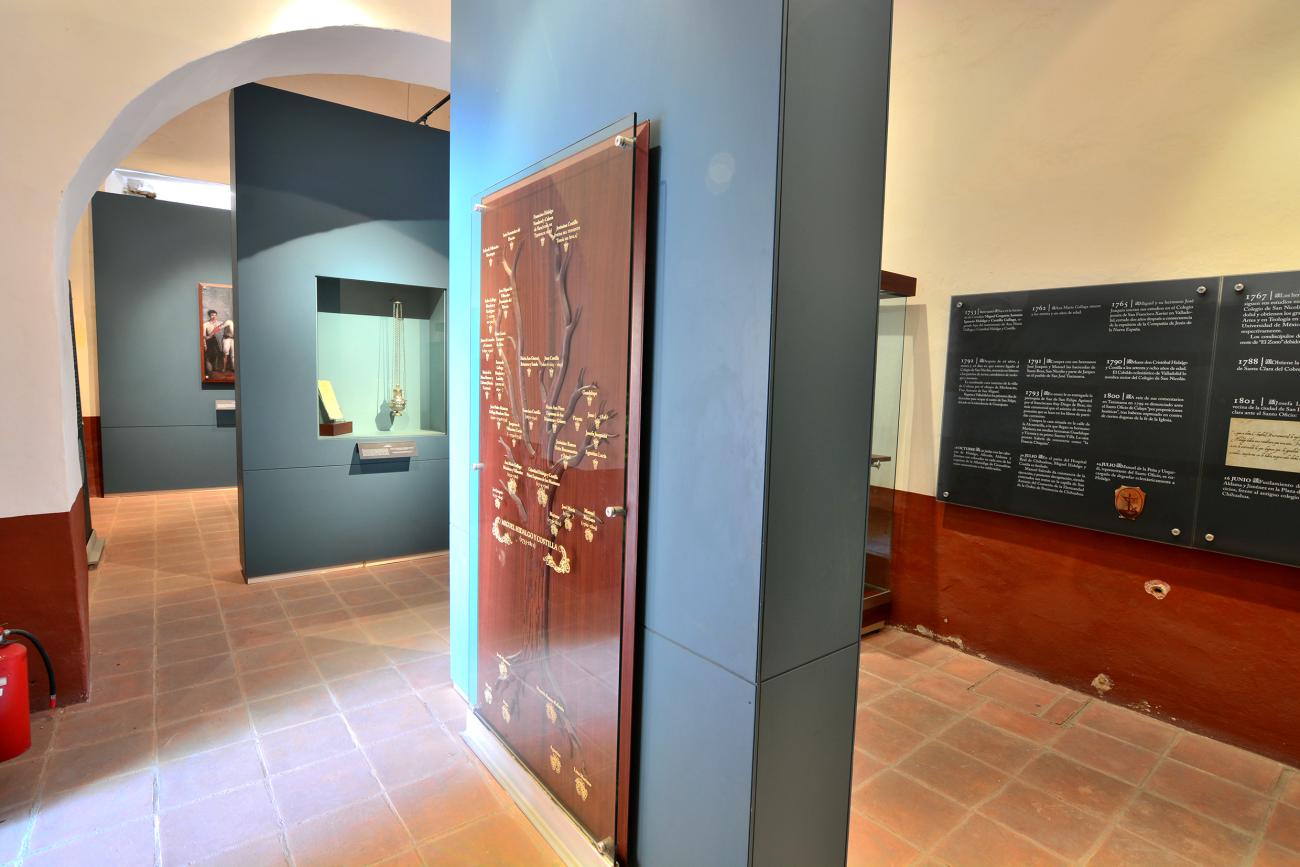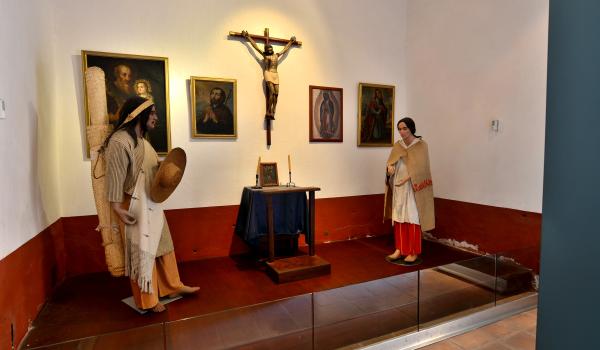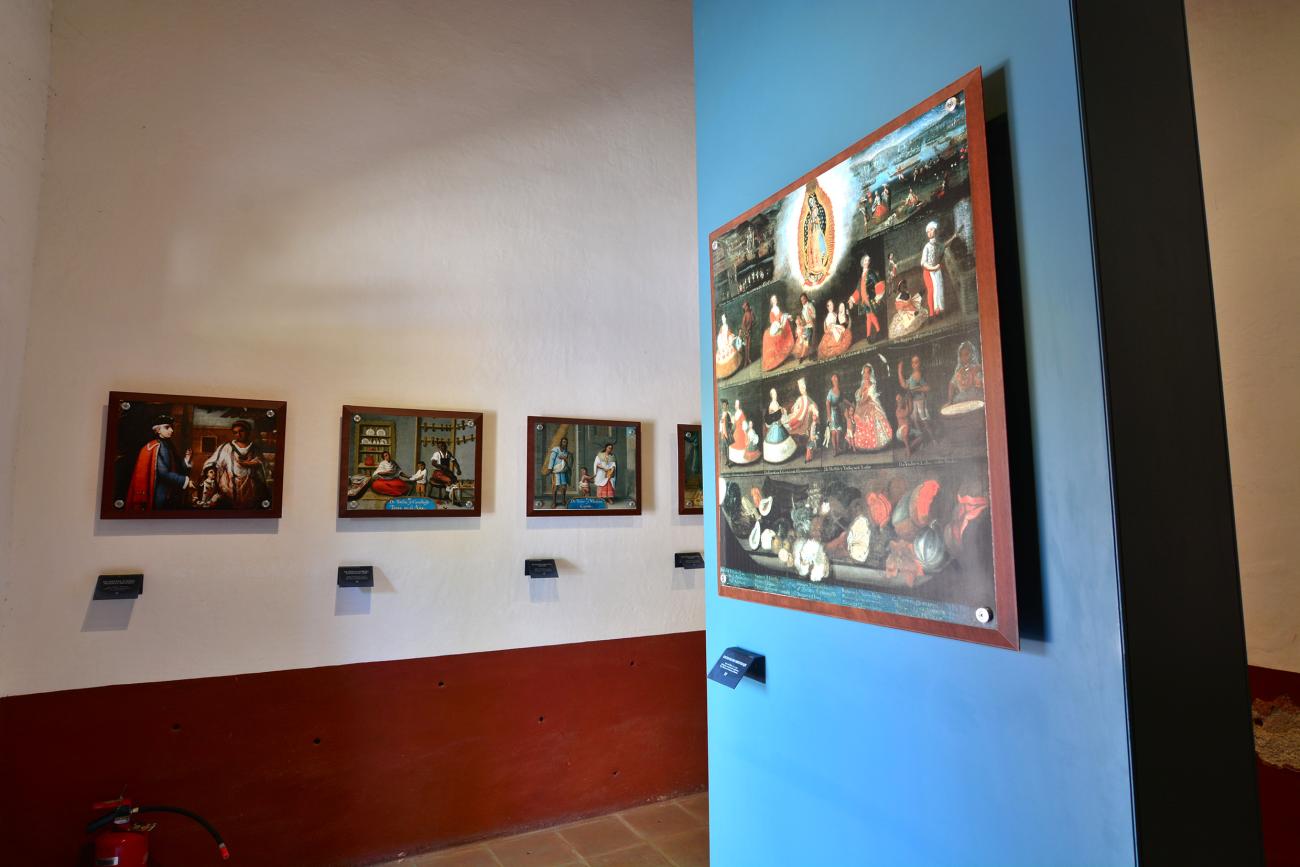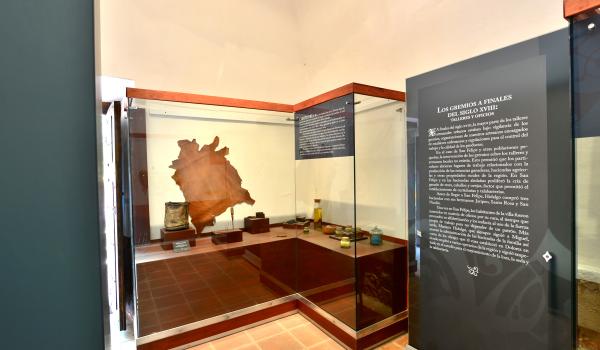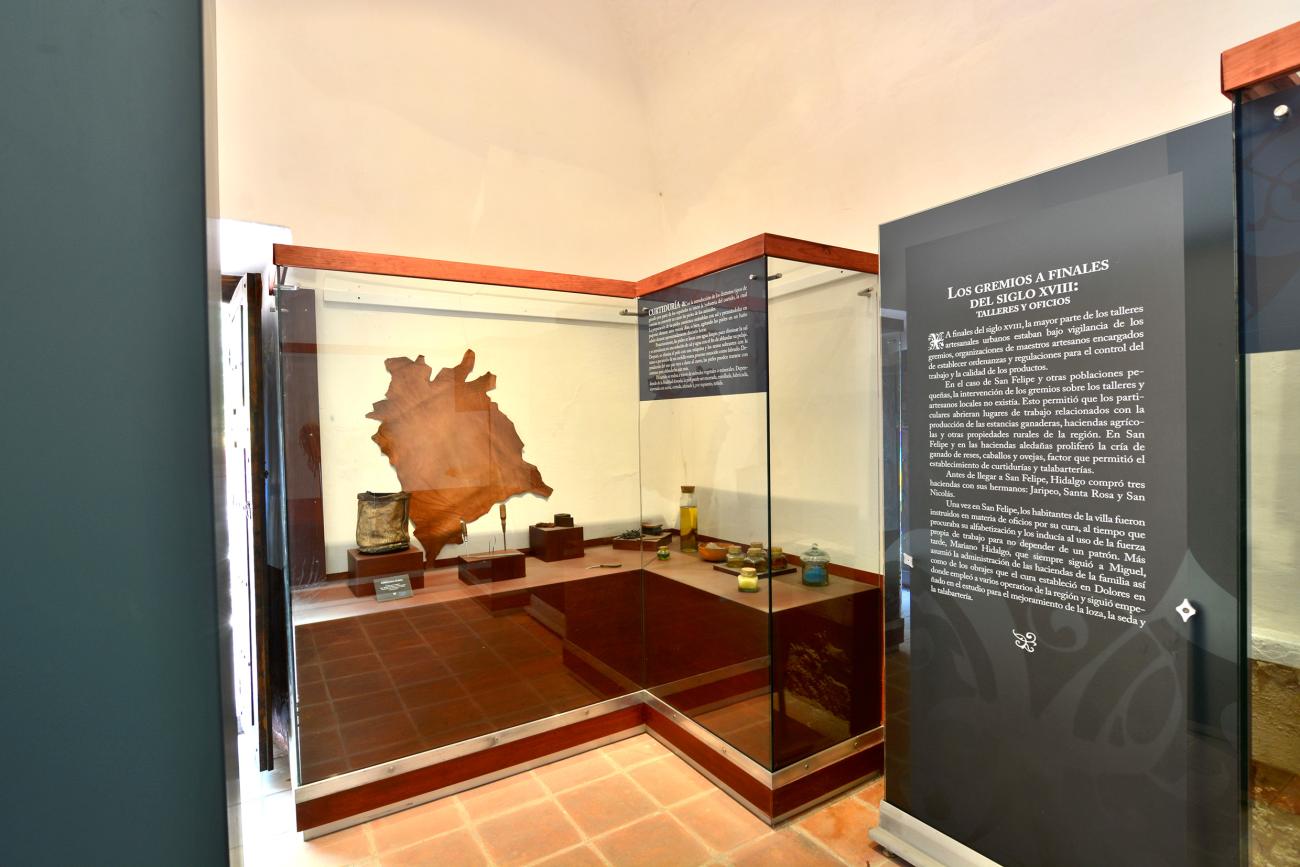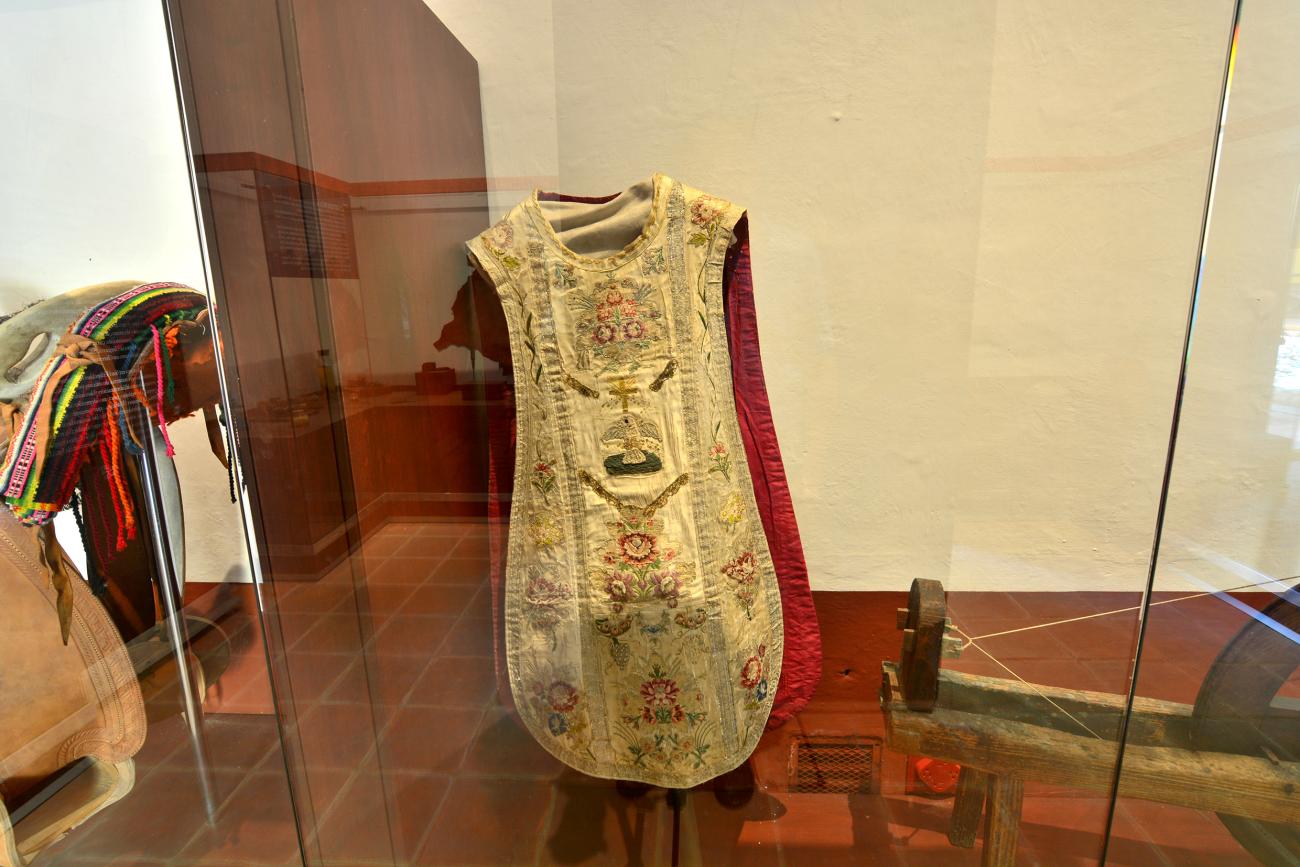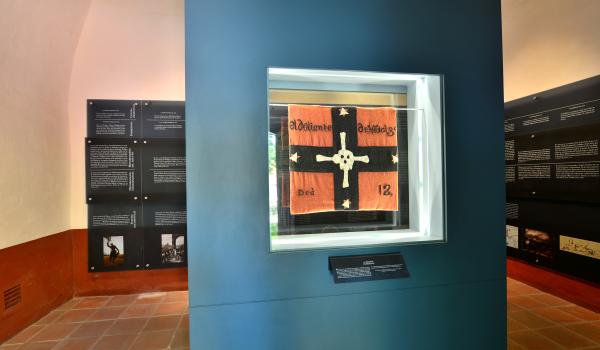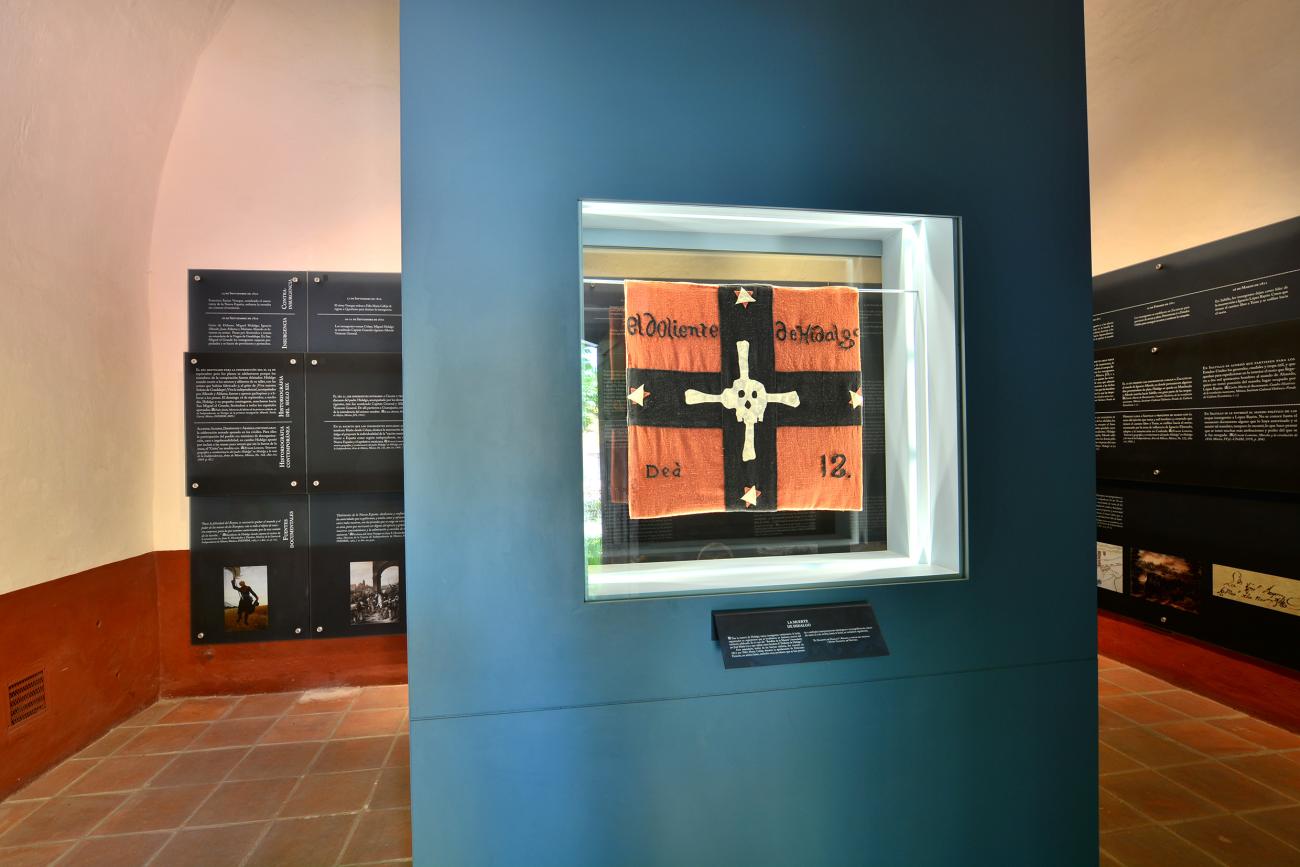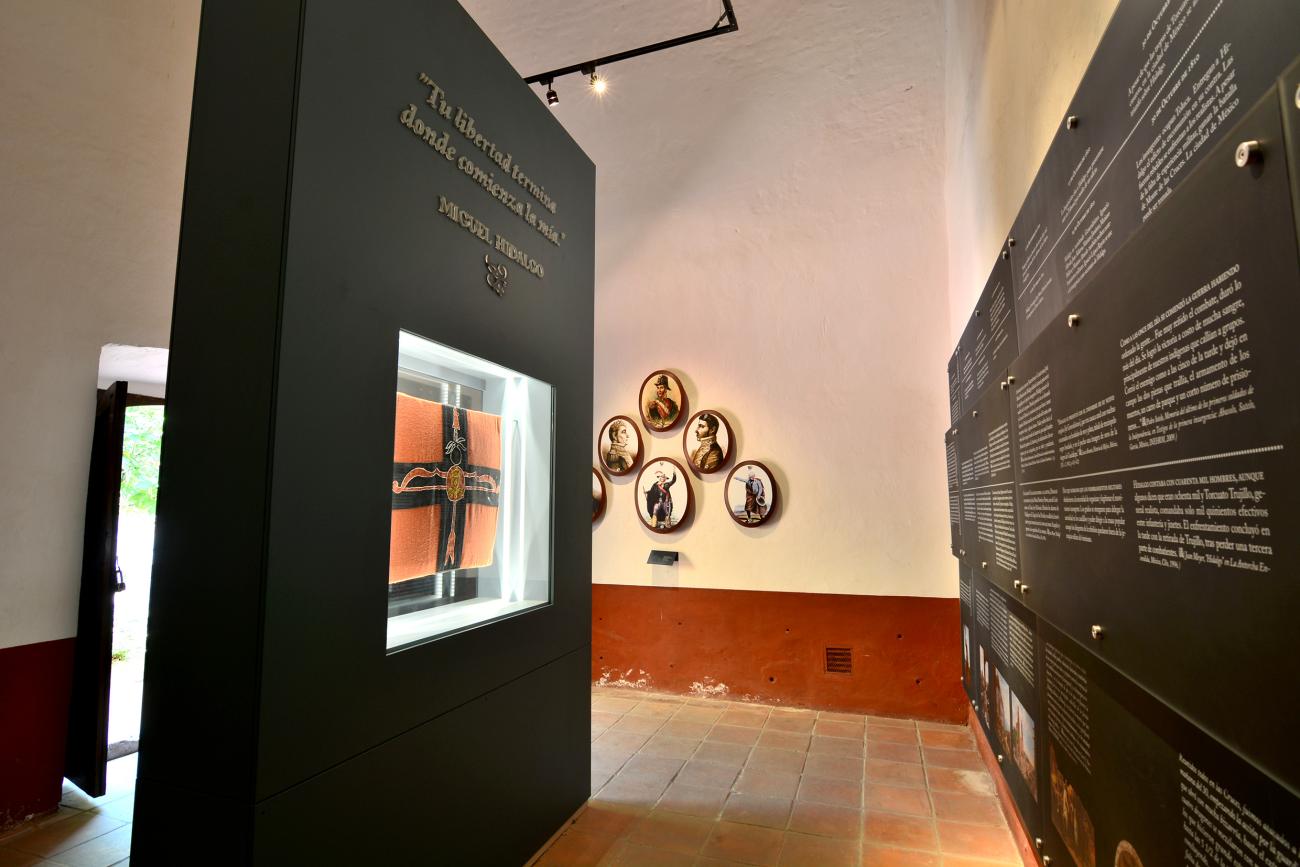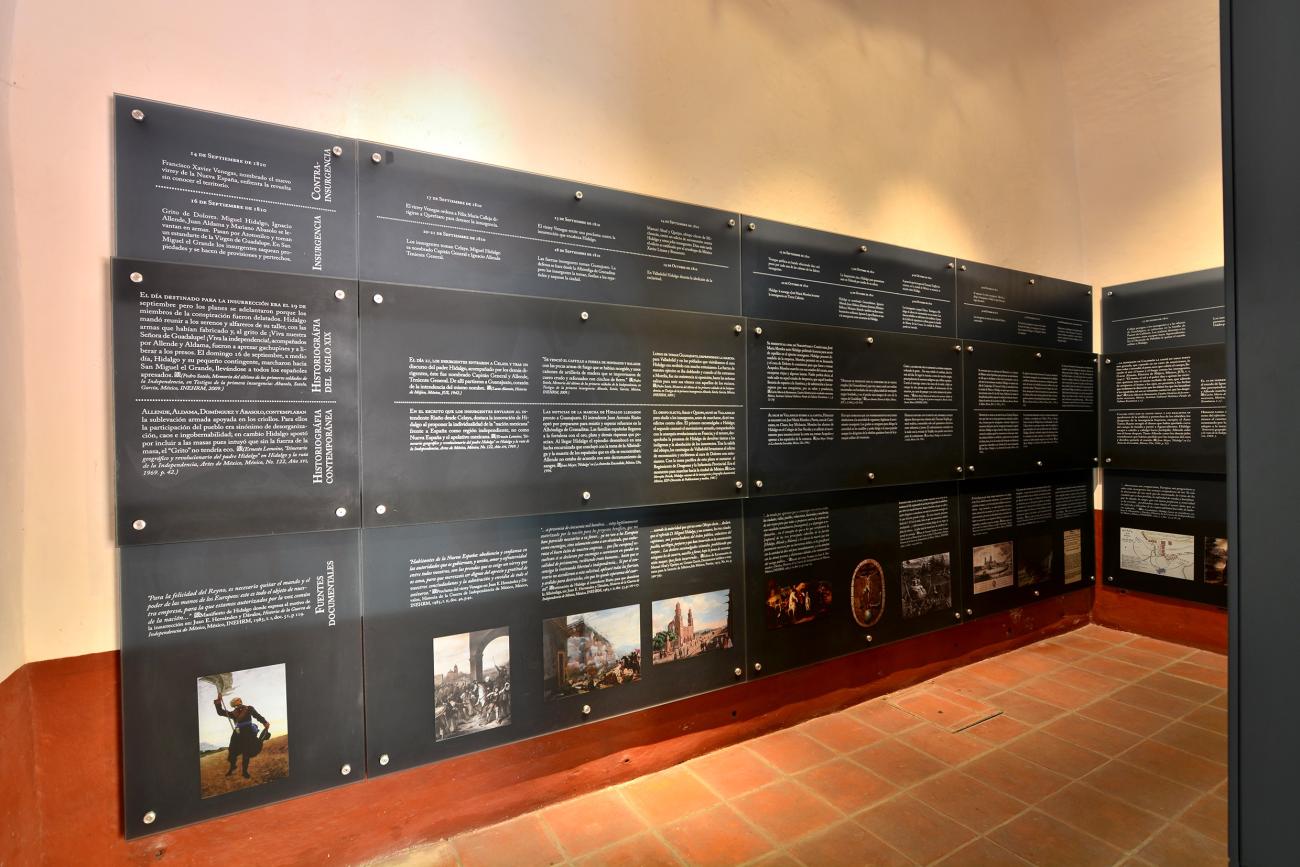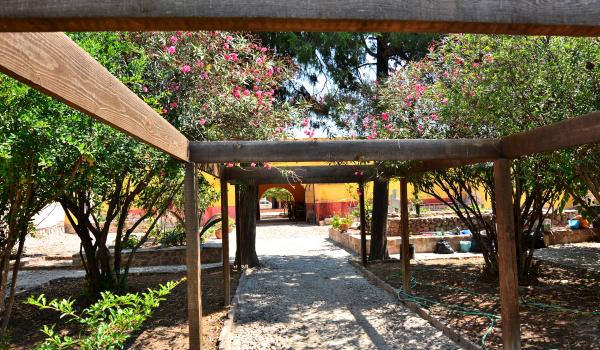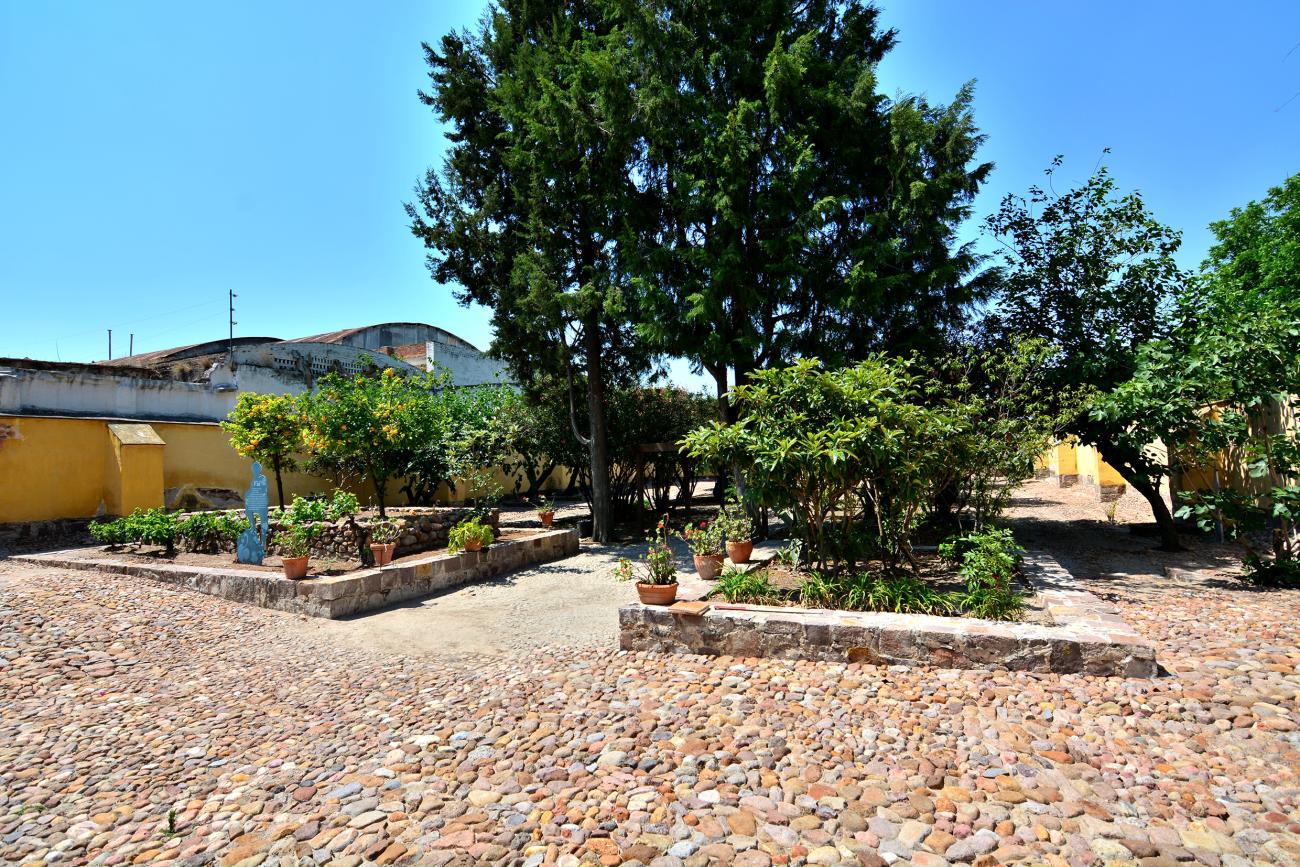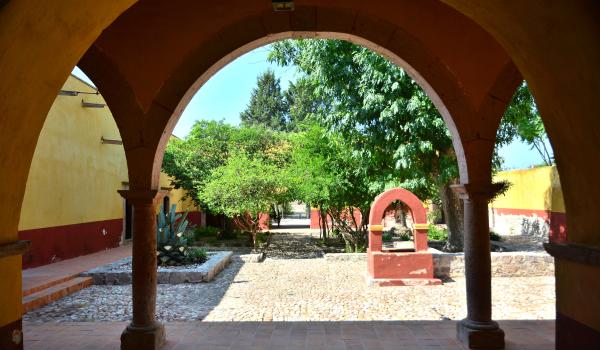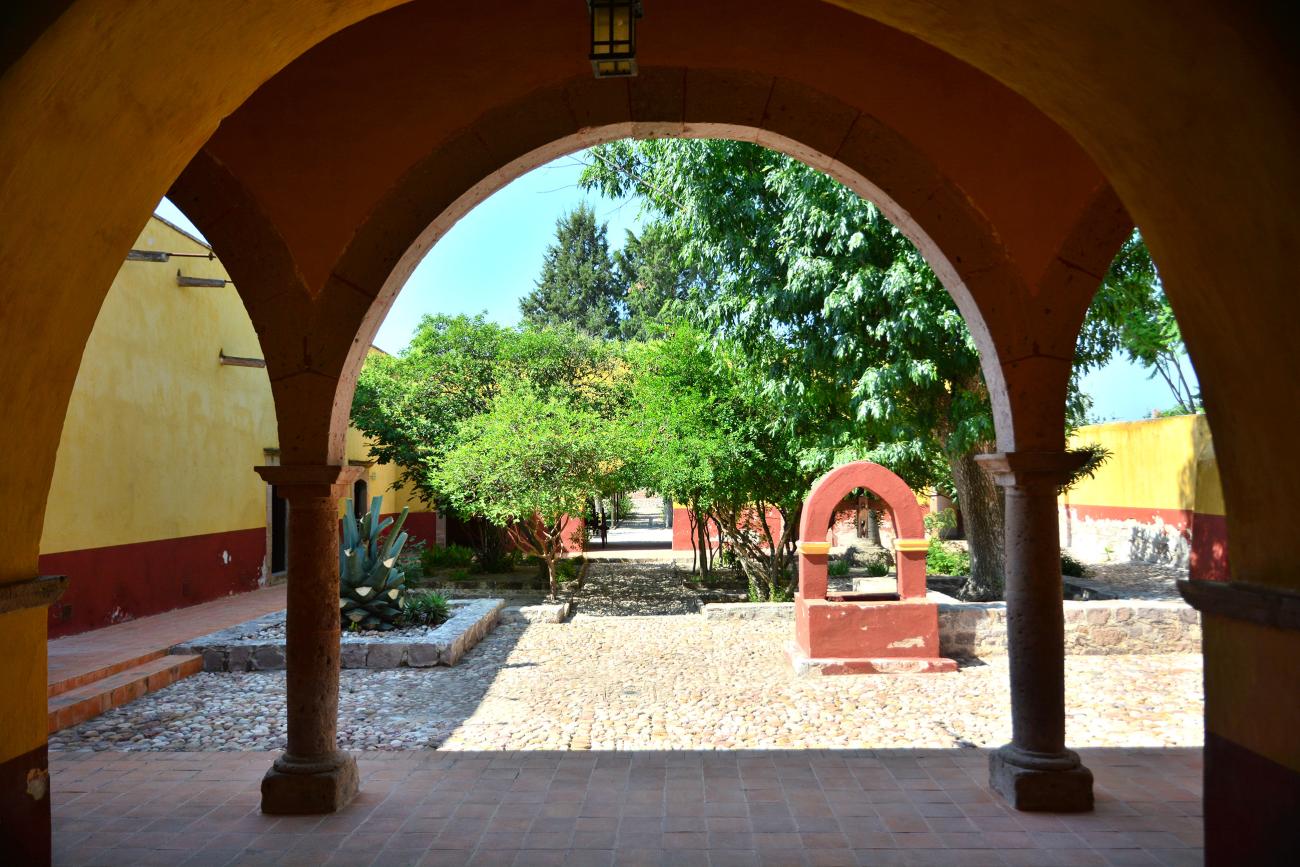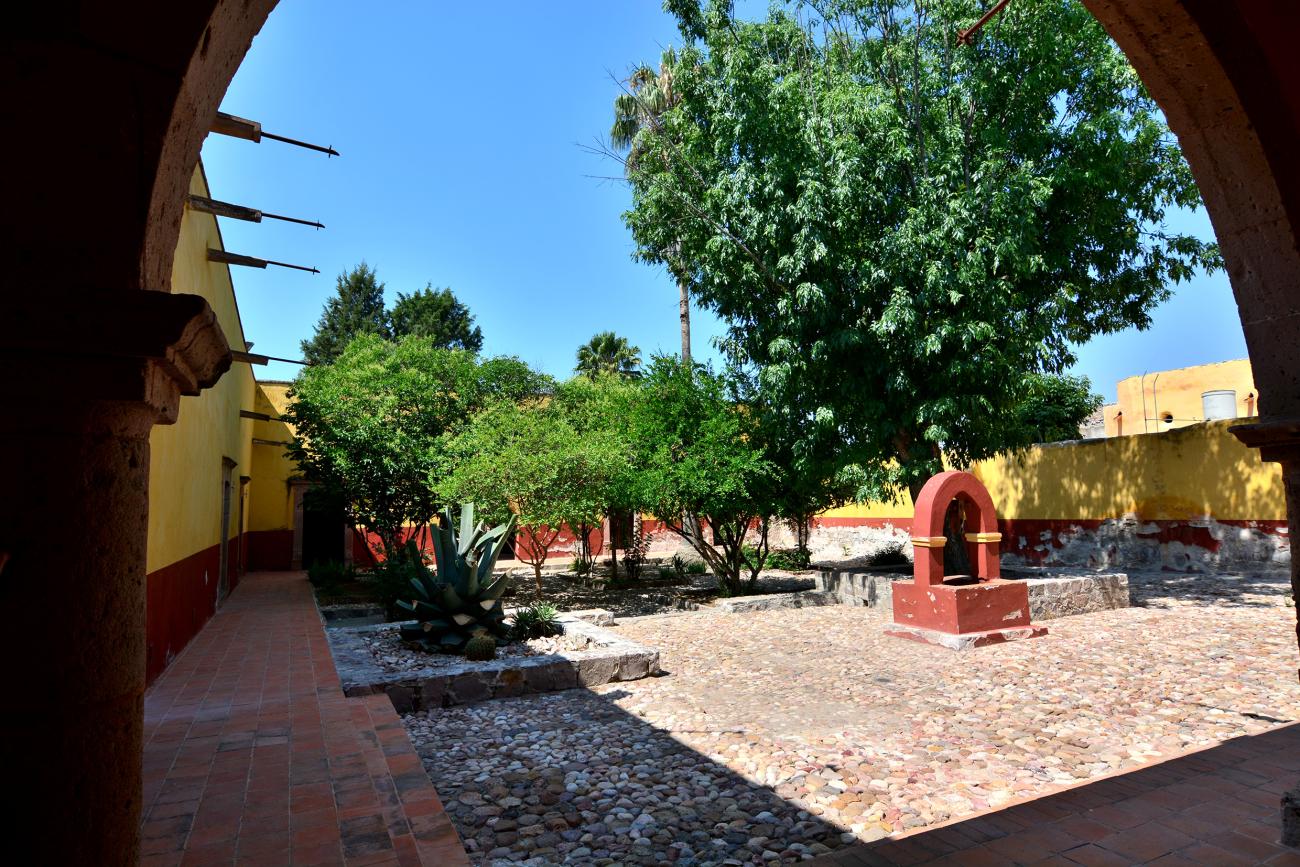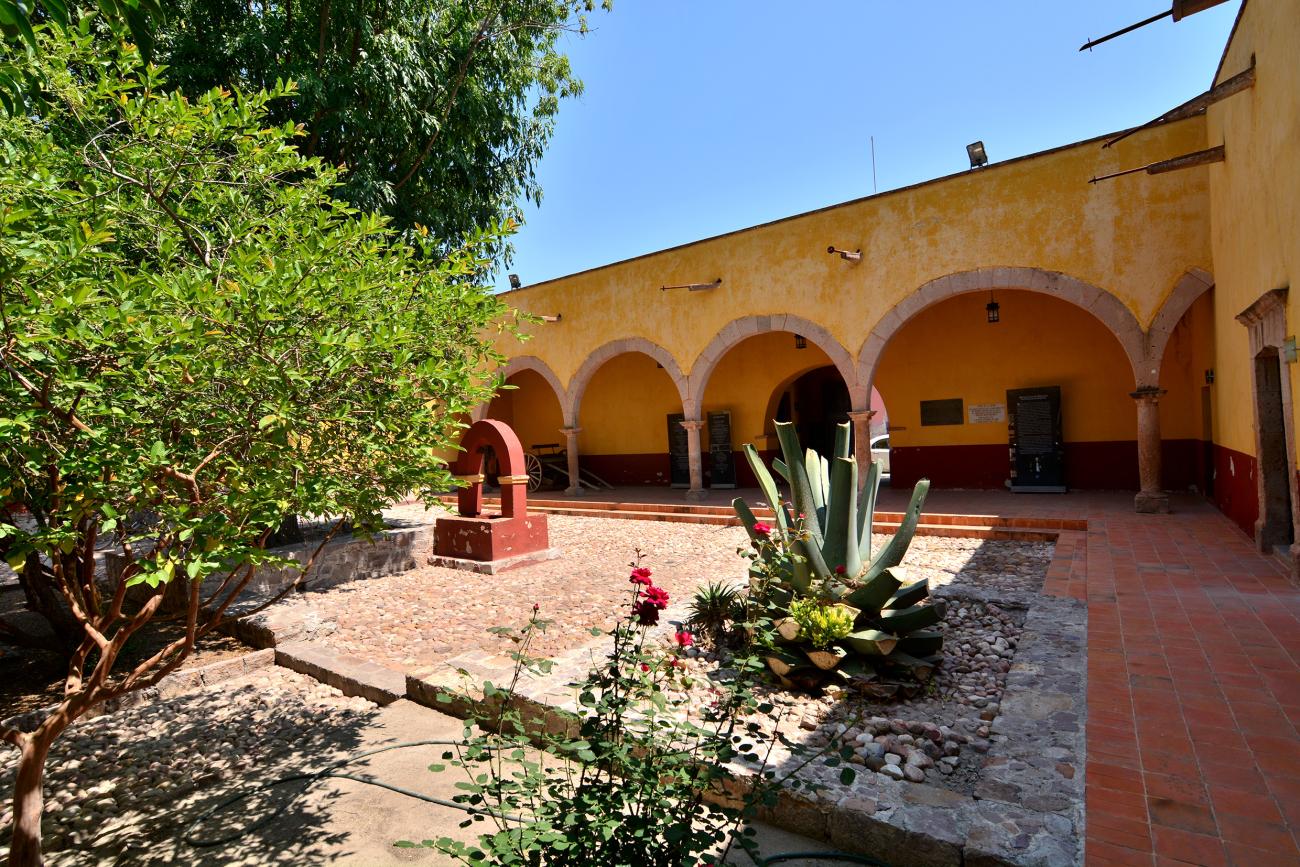The museum tells the story of Don Miguel Hidalgo y Costilla in San Felipe Torres Mochas, Guanajuato. During his stay in that town as parish priest, the house was inhabited by him and his family from 1793 to 1803. When he left this city, the large property continued to be a dwelling, except for a period in 1928, when an arts and crafts school was established. In 1959 it came under the custody of the INAH, and from 1963 restoration work commenced to convert it into a museum. The House of Hidalgo, also called La Francia Chiquita, opened its doors in 1969, and is part of the group of historic sites that make up the Route of Independence.
The property is an excellent example of eighteenth-century civil architecture. It was accessed through a wide hall with an immediate portal, which gave way to a quadrangular courtyard surrounded by rooms. The service areas and the orchard have disappeared. Today, the building is divided transversely from the street to the orchard—which the Father of the Nation turned into botanical garden—and the museum occupies the section on the left-hand side. The other part is private property.
In 2010, on the occasion of the Bicentennial of Independence, a restructuring of the museum was carried out, leaving it with the current presentation, which is divided into five rooms that serve as permanent exhibition galleries: 1. San Felipe: offering a social, economic and cultural panorama of the town. 2. Miguel Hidalgo: biographical information presenting the life of the historical figure. 3. The society of New Spain: the inhabitants of San Felipe and its surroundings, presenting the way of life of the eighteenth century. 4. From priest to businessman: emphasizes the character of the hero as an entrepreneur and amateur businessman. 5. Towards the Insurgency: narrates the arrival of the liberator to the town of Dolores, his participation in the beginning of the War of Independence, and his death.




